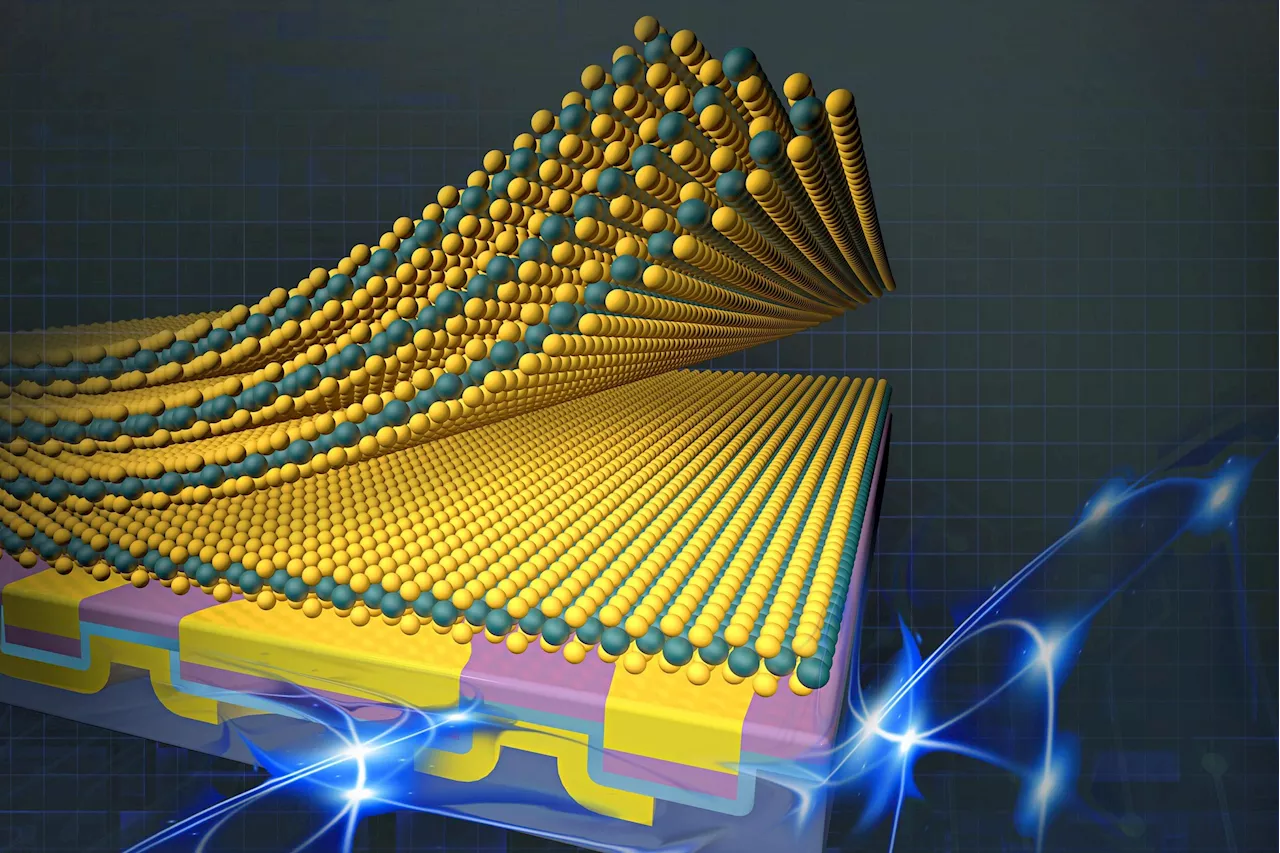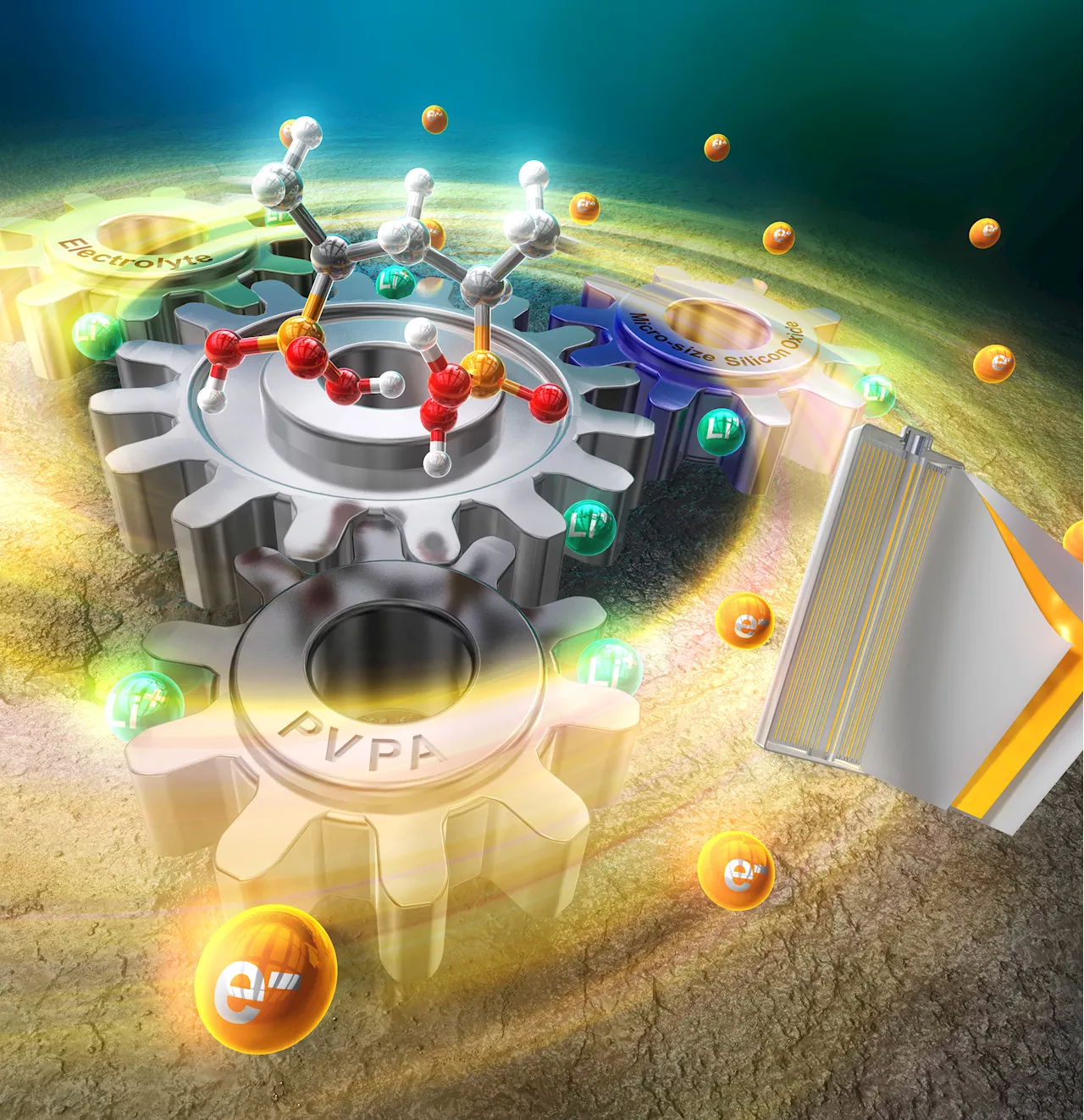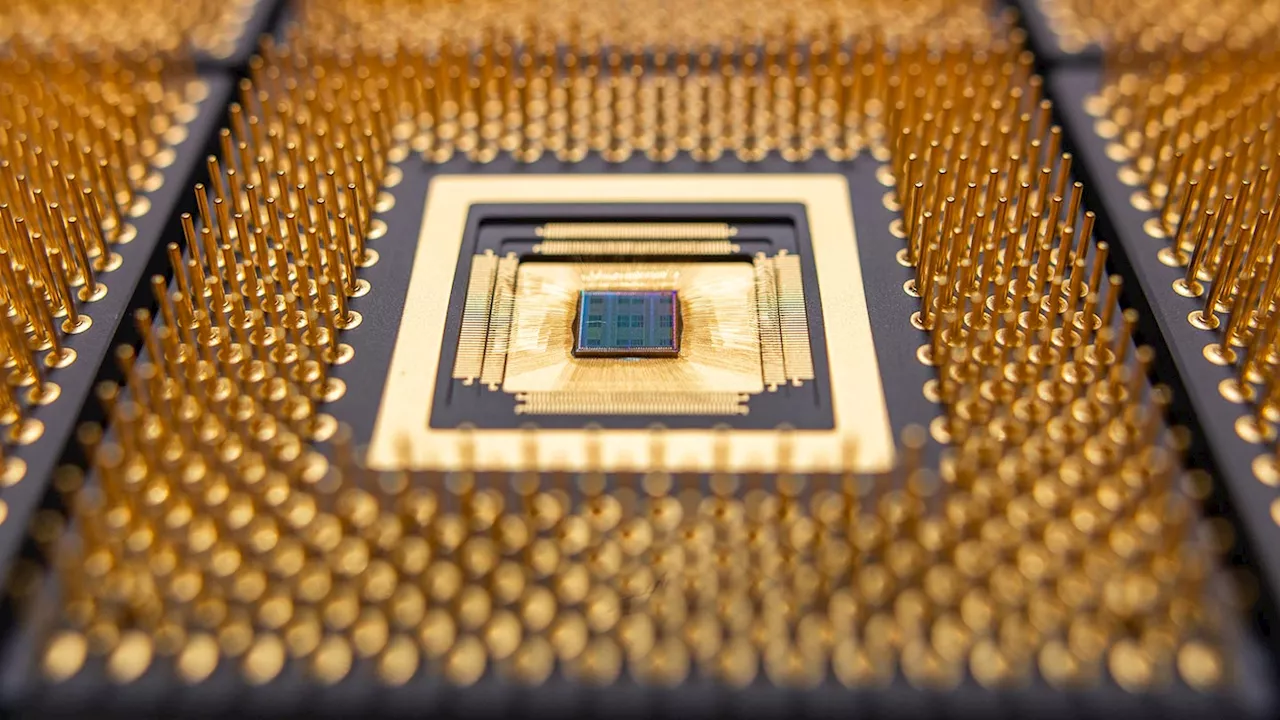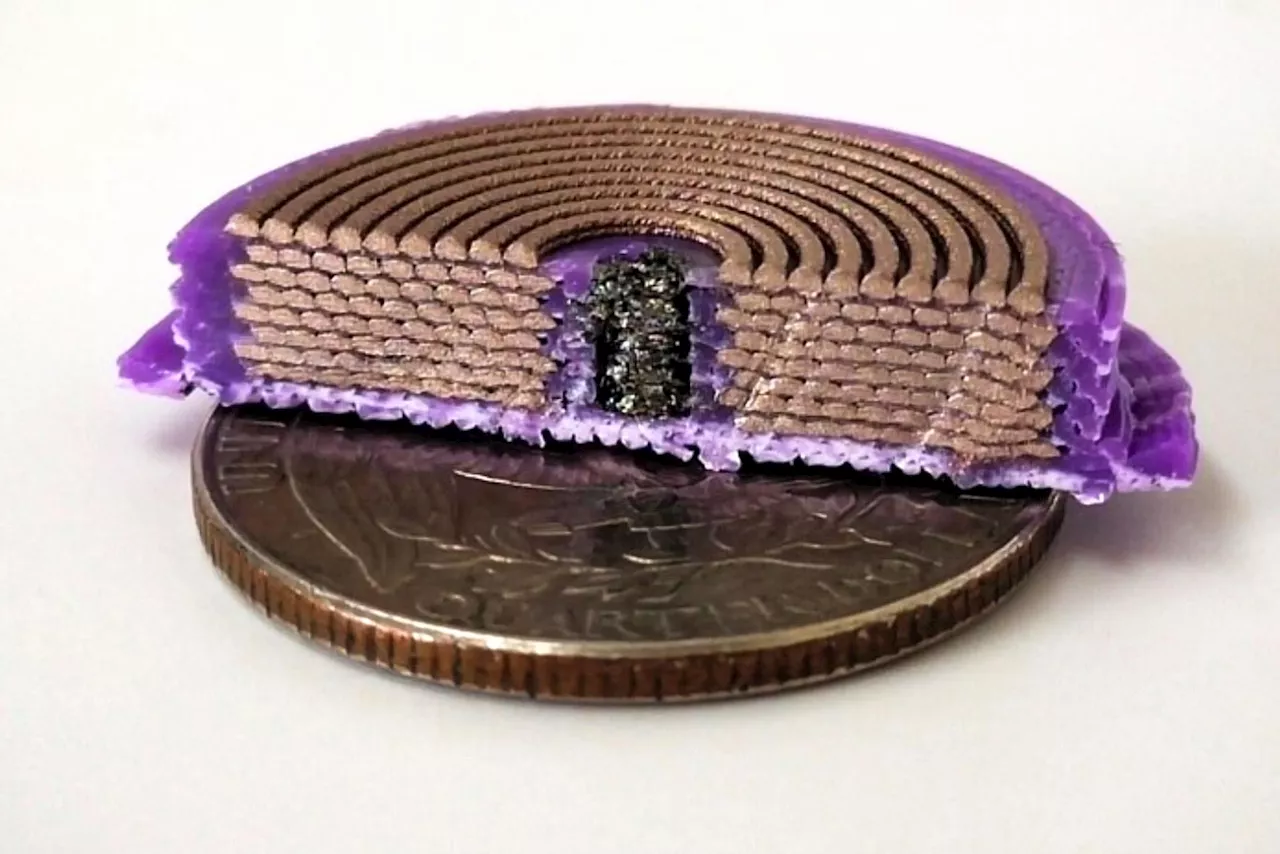Science, Space and Technology News 2024
MIT researchers modified a multi-material 3D printer so it could produce three-dimensional solenoids in one step by layering ultrathin coils of three different materials. It prints a U.S. quarter-sized solenoid as a spiral by layering material around the soft magnetic core, with thicker conductive layers separated by thin insulating layers. Credit: Courtesy of the researchers
The researchers modified a multimaterial 3D printer so it could print compact, magnetic-cored solenoids in one step. This eliminates defects that might be introduced during post-assembly processes. Credit: Courtesy of the researchers With additive manufacturing, one can produce devices that are practically any size and shape. However, this presents its own challenges, since making a solenoid involves coiling thin layers made from multiple materials that may not all be compatible with one machine.Extrusion printing fabricates objects one layer at a time by squirting material through a nozzle. Typically, a printer uses one type of material feedstock, often spools of filament.
The team selected a printer with four nozzles — one dedicated to each material to prevent cross-contamination. They needed four extruders because they tried two soft magnetic materials, one based on a biodegradable thermoplastic and the other based on nylon.They retrofitted the printer so one nozzle could extrude pellets, rather than filament. The soft magnetic nylon, which is made from a pliable polymer studded with metallic microparticles, is virtually impossible to produce as a filament.
Precisely controlling the process is of paramount importance because each material prints at a different temperature. Depositing one on top of another at the wrong time might cause the materials to smear.
United States Latest News, United States Headlines
Similar News:You can also read news stories similar to this one that we have collected from other news sources.
 Next-Gen Electronics Transformed: MIT’s 2D Integration BreakthroughScience, Space and Technology News 2024
Next-Gen Electronics Transformed: MIT’s 2D Integration BreakthroughScience, Space and Technology News 2024
Read more »
 From Cloud to Carbon: Revolutionizing Product Development with PTC Arena, ProGlove, YookClean Tech News & Views: EVs, Solar Energy, Batteries
From Cloud to Carbon: Revolutionizing Product Development with PTC Arena, ProGlove, YookClean Tech News & Views: EVs, Solar Energy, Batteries
Read more »
 Revolutionizing Education: Discover Lincoln Learning’s Innovative ApproachA nonprofit education catalyst provides a customizable online curriculum to meet the needs of students according to learning abilities, interests, and lifestyles.
Revolutionizing Education: Discover Lincoln Learning’s Innovative ApproachA nonprofit education catalyst provides a customizable online curriculum to meet the needs of students according to learning abilities, interests, and lifestyles.
Read more »
 Revolutionizing EV Batteries: Innovative New Binder Doubles PerformanceScience, Space and Technology News 2024
Revolutionizing EV Batteries: Innovative New Binder Doubles PerformanceScience, Space and Technology News 2024
Read more »
 Revolutionizing Computing: Inside Princeton’s Trailblazing AI Chip TechnologyScience, Space and Technology News 2024
Revolutionizing Computing: Inside Princeton’s Trailblazing AI Chip TechnologyScience, Space and Technology News 2024
Read more »
 Cloud Binary: Revolutionizing Cloud Solutions for DApps And AI ProgramsCrypto Blog
Cloud Binary: Revolutionizing Cloud Solutions for DApps And AI ProgramsCrypto Blog
Read more »
